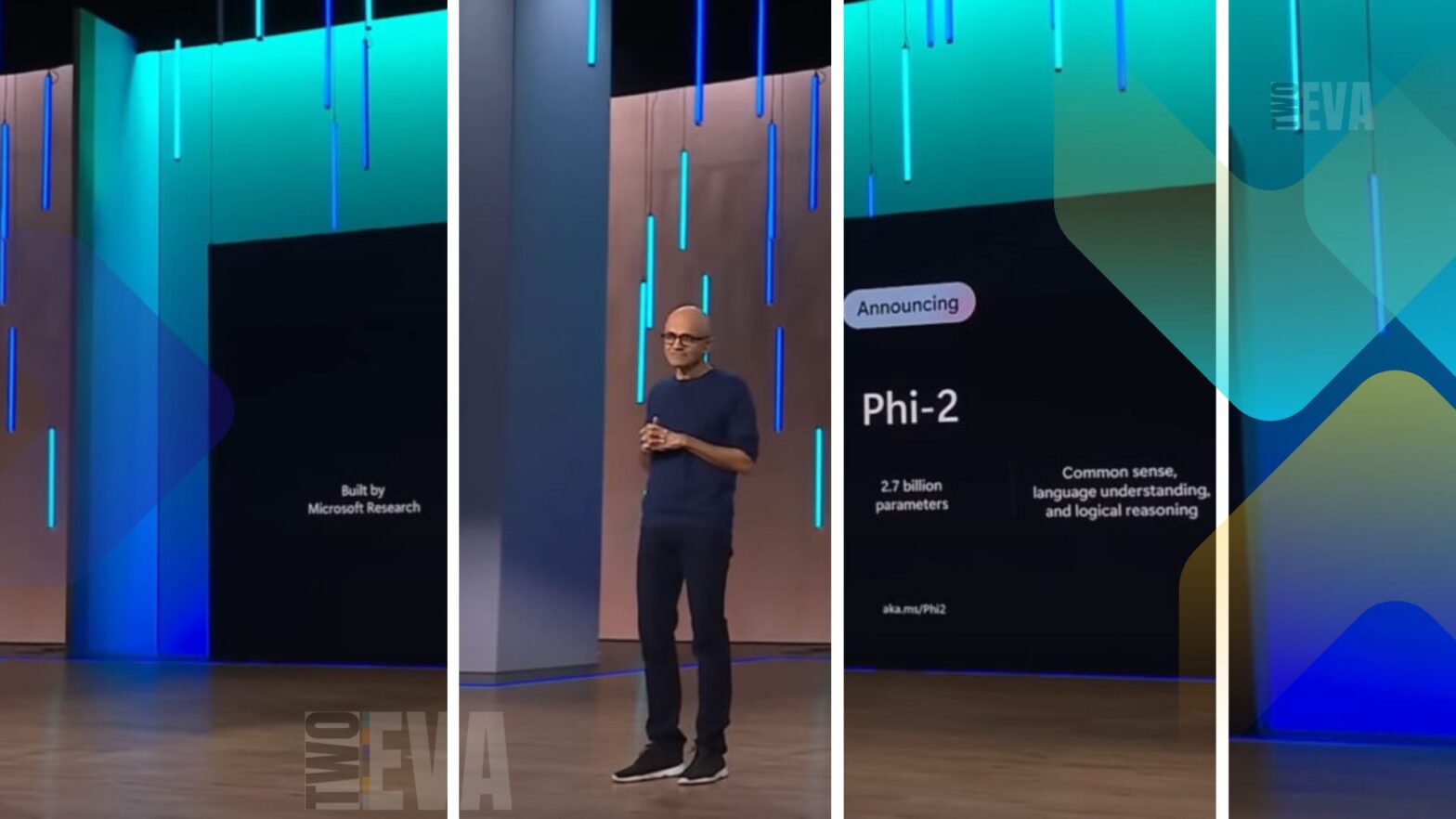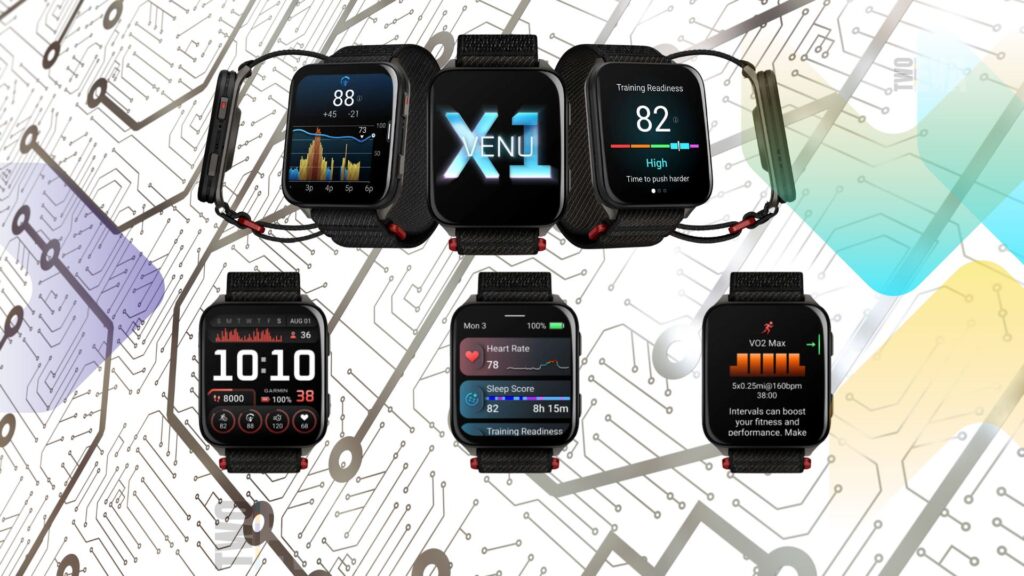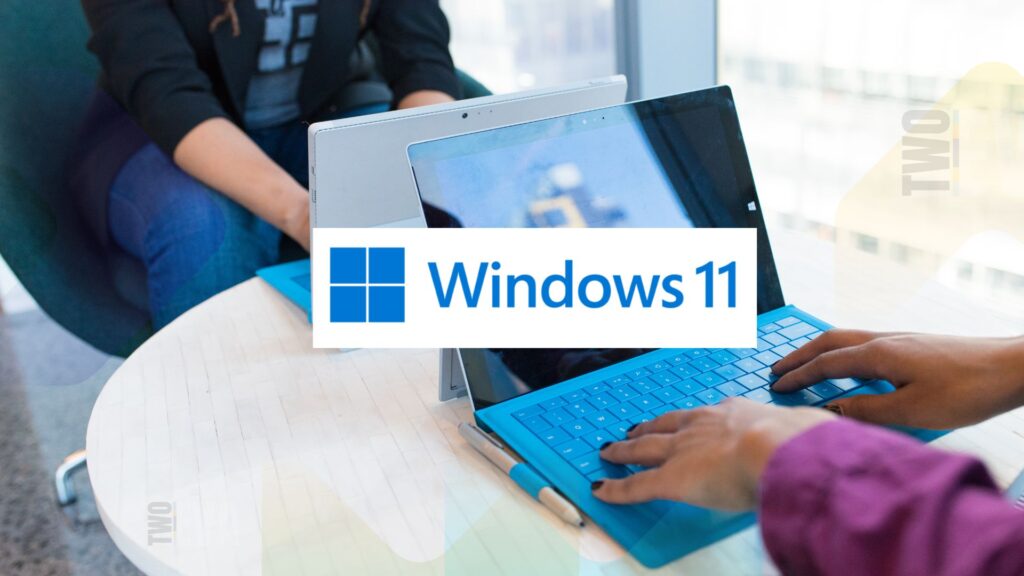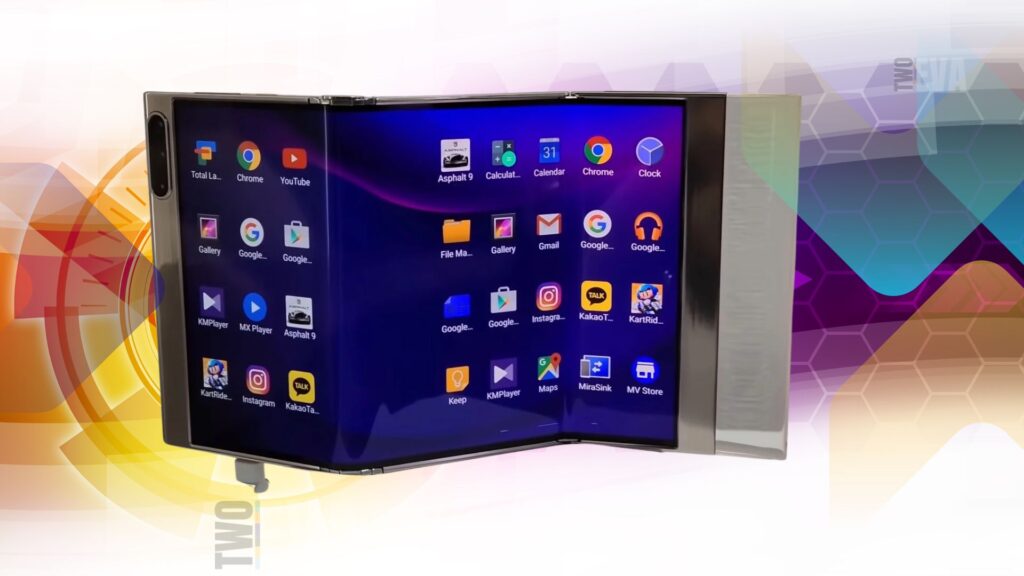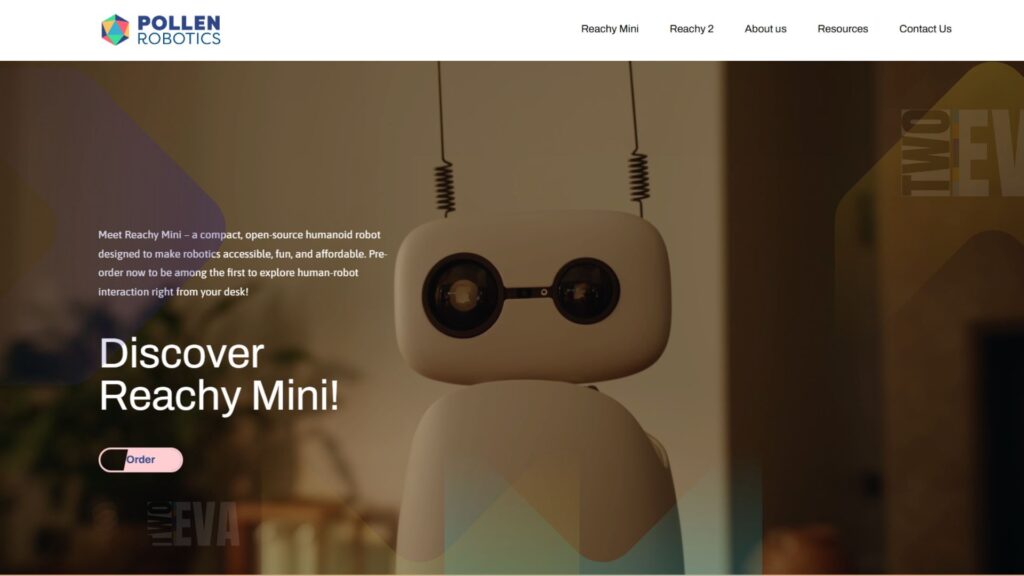In a significant leap forward for artificial intelligence, Microsoft has introduced its latest family of small language models (SLMs), known as Phi-4. These compact AI frameworks are designed to rival the capabilities of much larger models, potentially revolutionizing how advanced AI can be deployed across various devices and applications.
The star of the Phi-4 lineup is the Phi-4 Reasoning Plus model. Despite its relatively small size, this model has demonstrated performance that closely matches that of DeepSeek’s R1 model, which boasts a massive 671 billion parameters. Moreover, Phi-4 Reasoning Plus competes favorably with OpenAI’s o3-mini on crucial benchmarks like OmniMath, according to Microsoft’s internal testing.
But how does Phi-4 Reasoning Plus manage such impressive feats with fewer parameters? The answer lies in its sophisticated training approach. Microsoft employed a combination of advanced techniques, including reinforcement learning and knowledge distillation, alongside carefully curated datasets. The model was trained on a mix of high-quality web data, demonstrations from OpenAI’s o3-mini, and synthetic problems. This blend of real and artificial data, coupled with what Microsoft describes as “spending more time fact-checking solutions to complex problems,” allows Phi-4 Reasoning Plus to achieve a depth of reasoning rarely seen in models of its size class.
Multimodal Capabilities
Another standout in the Phi-4 family is the Phi-4-multimodal model. This unified architecture represents Microsoft’s first truly integrated approach to handling speech, vision, and text inputs. With 5.6 billion parameters, Phi-4-multimodal can process different input types in a single pass, supporting seamless and context-aware multimodal interactions.
The significance of this development cannot be overstated. By moving away from siloed models and complex multi-pipeline systems, Microsoft is paving the way for more sophisticated and efficient AI applications. The model’s support for multilingual capabilities and broader vocabulary further expands its potential use cases across various industries and consumer applications.
Real-World Applications
Where do these new models shine in practical terms? The Phi-4 models, particularly the mini and reasoning variants, are optimized for scenarios where memory and computation are at a premium. This makes them ideal for:
- Educational software
- Embedded tutoring systems
- On-device assistance
- Code generation
- Real-time STEM problem solving
- Adaptive learning platforms
Industry Response
The AI community has responded to Microsoft’s Phi-4 announcement with a mix of excitement and cautious optimism. Industry observers have noted that this release represents a significant step in the ongoing trend toward efficiency and edge-readiness in AI. The ability to achieve large-model performance in a small-model footprint is being hailed as a major technical achievement and a potential disruptor in the field.
However, experts also caution that while benchmarks and internal tests show promising results, the true measure of these models’ impact will be their real-world robustness and long-term generalization capabilities. Nonetheless, there’s a general consensus that the Phi-4 models represent a pragmatic and necessary innovation in moving AI beyond centralized, compute-heavy deployments.
Accessibility and Development
Microsoft’s approach to releasing the Phi-4 family is noteworthy for its commitment to open licensing. This decision allows developers to experiment with and adapt the models for various scenarios, potentially accelerating both research and industry adoption. The models are available through Azure AI Foundry and community platforms such as Hugging Face, making them accessible to a wide developer audience.
The Phi-4 mini reasoning model, with its 3.8 billion parameters, is particularly well-suited for educational and embedded use cases. Its lightweight nature enables on-device deployment for tutoring and learning applications, areas where immediate response and privacy considerations are often crucial.
Efficiency and Cost Considerations
One of the most compelling aspects of the Phi-4 family is its efficiency in terms of both resource utilization and cost. Compared to traditional large models, Phi-4 delivers faster, more resource-efficient inference. This not only translates to energy savings but also significantly reduces the cost barriers associated with deploying sophisticated AI solutions at scale.
As the AI industry continues to grapple with the environmental and economic impacts of large-scale model training and deployment, innovations like Phi-4 point towards a more sustainable future. By proving that smaller models can rival the performance of their larger counterparts, Microsoft is challenging the notion that bigger is always better in AI.
The introduction of the Phi-4 family marks a significant milestone in Microsoft’s ongoing efforts to deliver powerful yet efficient AI models. As these models find their way into various applications and devices, we may be witnessing the beginning of a new era in AI—one where advanced reasoning capabilities are no longer confined to data centers but are readily available at our fingertips.

